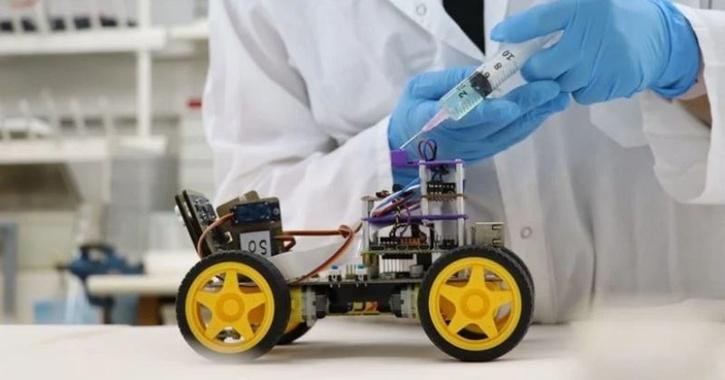
Scientists from Tel Aviv University have developed a new technology, that allows robots to smell using a biological sensor. Here’s everything you need to know.
Tel Aviv University develops robots that can smell
Scientists from Tel Aviv University developed a new tech allowing robots to smell with the help of a biological sensor. The feat was possible after the scientists found a method for using insect sensors for detecting odors and transmitting them using electrical signals. The computers interpret them following their identification. As per Dr. Ben Maoz, the “ability to smell with electronic sensors is very limited”. Dr. Maoz works at the Fleischman Faculty of Engineering and the Sagol School of Neuroscience at Tel Aviv University. He is one of the researchers leading the biological and technological breakthroughs.
“Cameras can identify light very well, and microphones can identify sound very well. But if you look at the identification of smell, actually we are not very good at doing it using electronic tools. We take the biological ‘nose’ of the insect, and we use this as our sensor. This is a real biological nose that is integrated with the robot using two electrodes,” explained Dr. Maoz.
More on the new technology
Professor Amir Ayali revealed this bio-hybrid approach is a new and important step. Ayali teaches at the School of Zoology and the Sagol School of Neuroscience. Additionally, this can also help in overcoming obstacles that are otherwise challenging. As per Dr. Maoz, insects use their sense of smell for surviving. “They need to smell flowers, they need to smell predators, and we are not even close to these capabilities with today’s electronic tools,” stated the researcher.
Moreover, development can help humanity in several ways. “Imagine that we can have this sniffing device that will also be able to identify if you have a specific disease just by smelling your breath. Currently, we have tested our system on 20 different smells, but we already started to work with different companies who are interested in specific applications,” he added. The study is published in Biosensor and Bioelectronics, a peer-reviewed journal.
